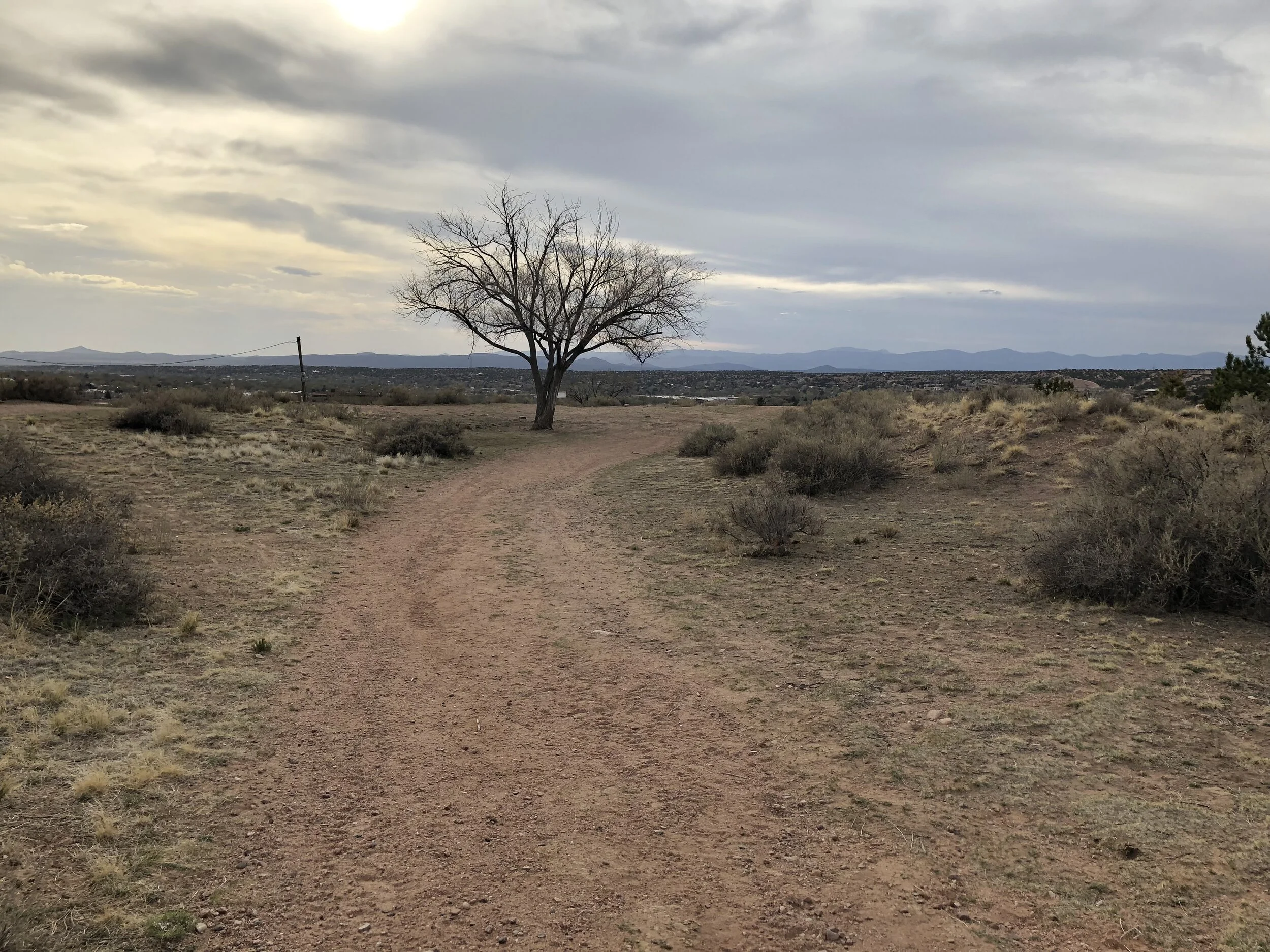Looking for the right lens
You probably don’t need the type of lens found on the Hubble Space Telescope. But when you do, you do. (NASA photo)
When I purchased a 50mm lens for my Nikon camera, it was a relatively inexpensive way to make my photos look more professional.
I had been using the lens that ships with the camera, a 35mm telephoto lens that can shoot a landscape and then zoom in to capture specific details. Its versatility was nice. However, photos with the 50mm lens looked so much more refined. It was perfect for very shallow depth of field effects, meaning that there was only a limited distance from the camera that would be in focus, creating a nice blurry background or foreground:
However, there is a drawback to the 50mm lens. It is fixed, meaning it cannot zoom in and out. And, relative to the more common 35mm lens, it’s as though you’re already zoomed in. To take a picture of a group of people, you may need to step back — waaaaay back. Like, into the next room.
Professional photographers have big, expensive, fancy lenses that get all of the detail and are versatile at the same time. But even they carry multiple lenses. Different lenses have different strengths and different trade-offs.
Can you feel me careening toward a metaphor here? There are many. Let’s take it in this direction: the lenses represent the tools, whether digital, physical, or intellectual, available to solve a given problem.
Most of the time, we can apply a standard toolkit to solve our problem and do just fine. We can buy the standard consumer model. We pick up information from standard how-to books, YouTube videos, courses, and the advice or example of others.
However, sometimes those tools might not give us the result that we’re looking for. And we can get frustrated thinking that we’re the problem or that the tools we have are bad. However, they’re simply not well-suited to what we’re trying to accomplish.
Maybe we can’t see the big picture because we’re zoomed in too close. Maybe we can’t get the level of focus and refinement we’re seeking.
We might not even realize that we’re looking through the wrong lens. We might not see that we’ve chosen a lens that has trade-offs we’re not willing to make.
Our dissatisfaction with what we have doesn’t mean we’re spoiled or ungrateful or never satisfied. We have a vision in mind, and that can become a reality if we have the proper equipment.
In that moment, it’s time to switch up the lens. And it’s tempting to go crazy and splurge on a $3,500 lens that can do almost everything, or even several different lenses so that you never have this problem again.
But it might be that a $150 lens is all you need to get the exact focal length you’re looking for. When we are really clear on what we want, we can recognize it when we finally see it, and that can save us a lot of money and frustration, too. Needing a new tool doesn’t mean that we need a whole new set of tools. We don’t need to go back to school and get a PhD.
No matter what tool we choose, we generally can’t take the broad view and the detail view at the same time. Therefore, if one isn’t working, you can try the other. That’s why you see wedding photographers with multiple cameras slung around their necks. Each one has a different lens for a different purpose, and they can switch between them as necessary.
You might have been limited to a certain type of lens at some point in your life. Your high school guidance counselor or your parents or your teachers or your religious community or your friend group might have been looking at life through a particular lens. And maybe they were perfectly satisfied with what they were getting, but you weren’t. So you went in search of something else. I hope you were able to find it. If not, keep looking. The lens exists that will help you to make the pictures in your mind a reality.






